Once upon a time in what seems to be a long time ago in my classroom full of nine and ten-year-old students I wrote on the white board: Millard Fillmore was a Know Nothing.
I faced my students and asked them to tell me what the sentence meant.
“Well…somebody isn’t too smart,” a student volunteered.
Another student added, “That guy, Mil-, Mil-. That Mil- guy doesn’t know nothing.”
I ignored the grammatical error. At this point it would just confuse them.
I tried to turn students in another direction and asked, “What are nouns?”
Someone regurgitated “Nouns are words that name people, places, ideas, and things.”
I countered with, “What’s our strategy to find nouns?” Several seconds go by. I held up my board marker and pointed to it. Several hands went up.
“We look for noun markers like the words a, an, and the.”
“Good,” I said, “look at the sentence again. What do you see?”
Someone spoke out, “Know Nothing is a noun. It has an “a” in front of it.”
“Yes,” I said, “so is Millard Fillmore stupid?”
“No, somebody is calling him a name.”
We were finally getting somewhere. I asked, “What else do you notice about the words “Know” and “Nothing”?
After several tries someone told me that the words were capitalized. I countered with, “What does that tell us?”
A show of hands. I acknowledged a young lady in the middle of the room. She said, “Know-Nothing is a name for something.”
“Yes,” I said, “but a name for what?”
I ended our little language arts episode by telling students that Millard Fillmore was our 13th president, and he was a member of a group called the Know Nothings. I told students their goal during the lesson was to determine how Fillmore became a Know Nothing and what the group represented.
Students would spend the next several minutes as history sleuths diving into various books I had put together, specific handouts I had prepared from Internet sources, and their textbook to discover as many facts about Fillmore’s time in office as they could.
Once I announced that time was up, we gathered as one group again and the groups took turns listing facts on the board. As the process went along, they determined certain facts could be grouped together.
I smiled realizing they had taken ownership of the lesson which should always be the goal. Based on the groups of facts they ended up with each student would be able to write a paragraph or two based on the administration of Millard Fillmore and why he was a Know Nothing.
Millard Fillmore was a fine example of the American Dream. He grew up on a farm in New York. He attended a one room schoolhouse. By fifteen he was apprenticed to a clothes dresser. He worked hard, and by 1823 was admitted to the bar. He got involved in politics and worked his way up through the ranks by serving as a New York legislator and later became a member of Congress. He was elected vice president to serve with Zachary Taylor in 1848.
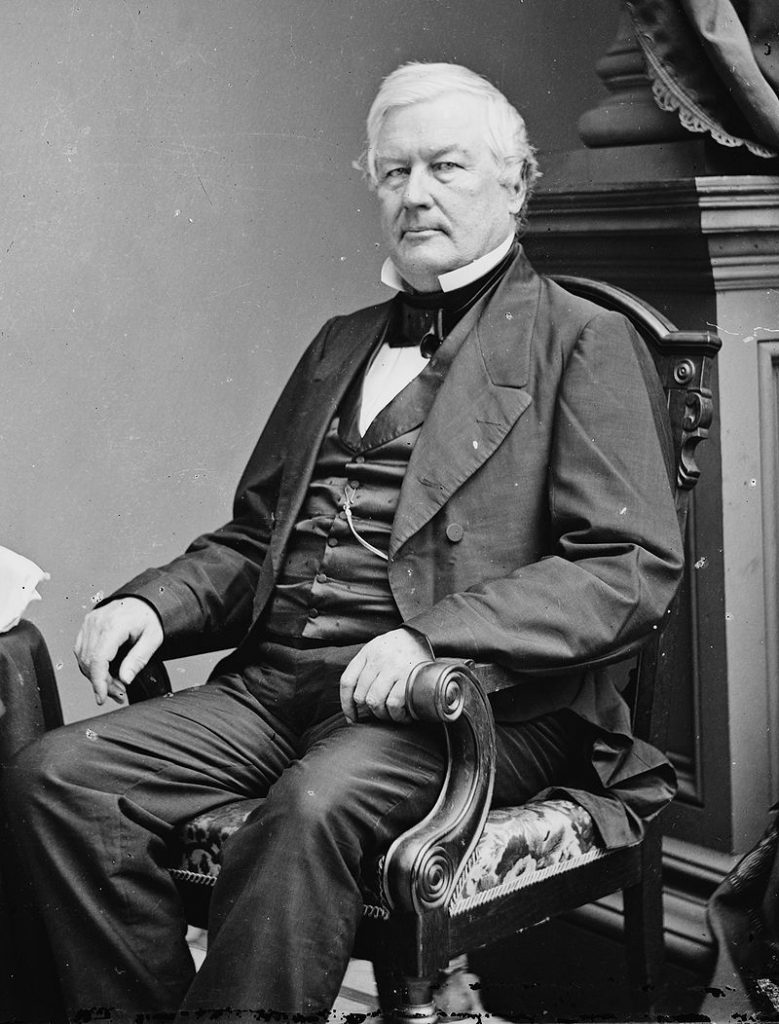
As vice president Fillmore presided over the Senate. He remained closed mouthed concerning his position on the Compromise of 1850 but privately told President Taylor that if the vote were tied, he would vote in favor of the bill.
Taylor died unexpectedly and Fillmore became the thirteenth president. The new administration had conciliatory views concerning the main issue dividing the country at the time – slavery – which was a 180 degree turn from the previous administration.
Fillmore said, “God knows that I detest slavery, but it is an existing evil…and we must endure it and give it such protection as is guaranteed by the Constitution.”
Fillmore’s presidency resulted in five important bills:
*California was admitted to the Union as a free state
*The Texas boundary was settled
*New Mexico was granted territorial status
*The Fugitive Slave law was enacted
*The slave trade ended in the District of Columbia
Northern Whigs were upset with the Fugitive Slave law. They broke with Fillmore and refused to nominate him as their party’s candidate in the election of 1852.

In 1856, Fillmore accepted the presidential nomination of the Know Nothing Party which was also known as the American Party. It was a major light bulb moment when students realized the Know Nothings were a political party. The “Know Nothing” name came from the fact that when party members were asked about the group’s activities, they were supposed to reply, “I know nothing.”
The Know Nothings were a Nativist group that feared Catholics would gain too much control of state and local governments and opposed their immigration. They wanted to use government power to push their agenda regarding a Protestant Anglo-Saxon society. They called for limits on immigration, wanted to limit political office to native-born Americans only, and called for a twenty-one year wait for immigrants to become citizens!
Other extreme desires of the Know Nothings were a limit on the sale of liquor, restrictions on public school teaching to Protestants only, and to have their version of the Protestant Bible read daily in classrooms. Though Fillmore did not win the election in 1856 he did receive twenty-two percent of the vote.
Yes, the word extreme could be used as a synonym for the Know Nothing Party.
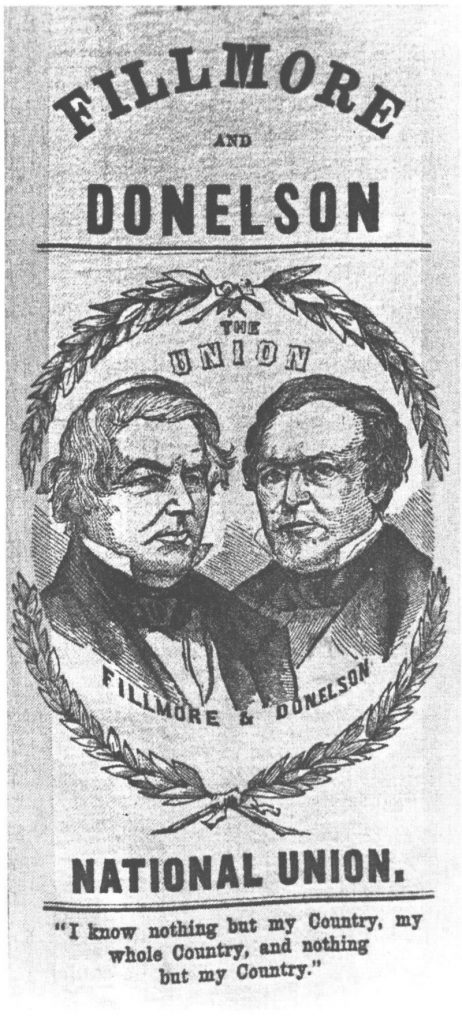
Millard Fillmore finished out Zachary Taylor’s term in office. He was never elected president in his own right and is generally not treated well by historians or even past presidents. Harry S. Truman said Fillmore was a weak, trivial thumb-twaddler who would do nothing to offend anyone and was responsible in part for the Civil War.
He did always seem to be on the wrong side of social and political issues, and as a few of my young students noted that day Millard Fillmore was our 13th president referring to the fact that 13 is connected to things that are unlucky, but our time had run out as the class lined up and made their way to lunch.
If you enjoyed this post you might like my latest book – Georgia on My Mind: True Tales from Around the State which contains 30 true tales from all around the state including three stories from Atlanta, and yes, there will be volume two out soon! You can purchase the book here…in print and Kindle versions.
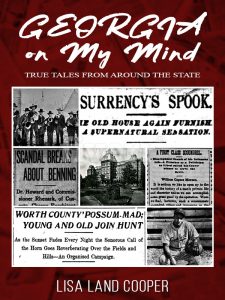
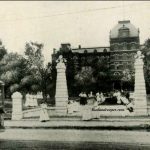
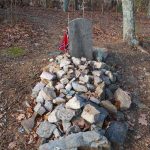
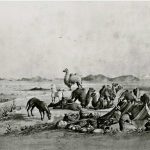
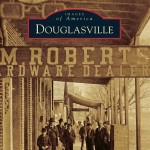
Leave a Reply